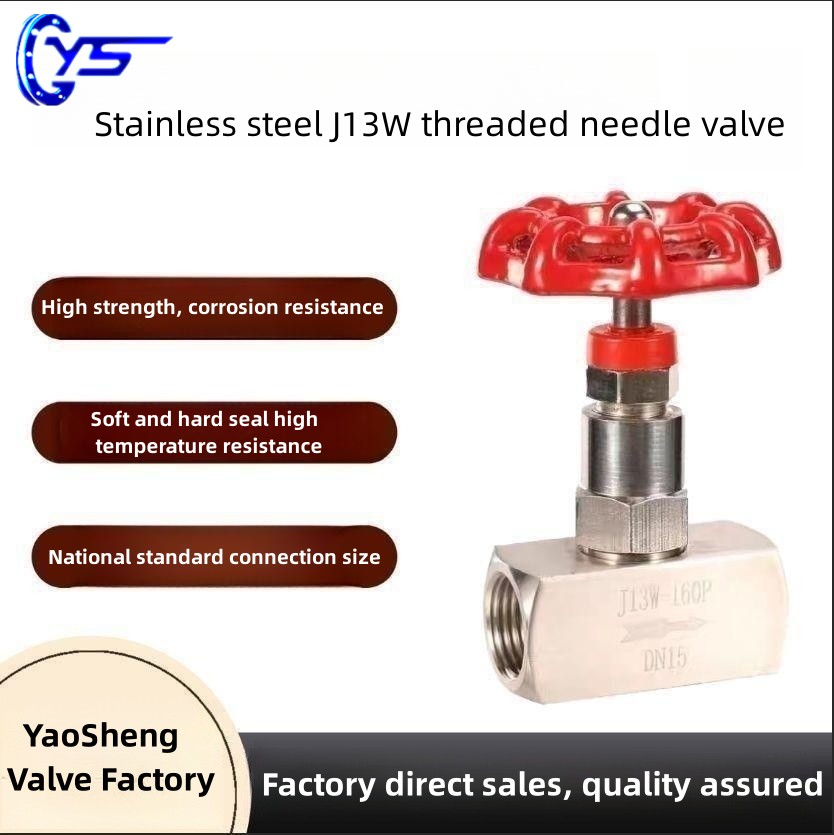dn100 flange
Understanding DN100 Flanges An Overview
In the world of piping and fluid handling systems, flanges play a critical role in ensuring the integrity and reliability of connections between pipes, valves, pumps, and other equipment. Among the various sizes and types of flanges, the DN100 flange—where DN stands for Diameter Nominal—is a commonly used component in various industries including water treatment, petrochemical, and manufacturing.
What is a DN100 Flange?
The DN100 flange has a nominal diameter of 100 millimeters (approximately 4 inches). This size indicates the internal diameter of the pipe or fitting that the flange is designed to connect to. DN flanges are standardized by the International Organization for Standardization (ISO) and the American National Standards Institute (ANSI), ensuring compatibility and interoperability across different systems and types of equipment.
DN100 flanges come in different pressure ratings, typically classified in terms of PN (Pressure Nominal) or Class (in the case of ANSI). Common pressure ratings for DN100 flanges include PN10, PN16, PN25, and ANSI Class 150, Class 300, among others. The choice of pressure rating influences the flange’s thickness, and material, and plays a crucial role in applications where high-pressure resistance is required.
Types of DN100 Flanges
DN100 flanges can be categorized into several types depending on their design and application
1. Weld Neck Flanges These flanges are characterized by a long neck that allows for a gradual transition between the pipe and the flange. They are ideal for high-pressure applications due to their ability to handle stress and are typically used in critical systems.
2. Slip-On Flanges These flanges slip over the pipe and are welded in place. They’re easier to install than weld neck flanges but are generally less robust for high-pressure applications.
3. Blind Flanges Designed to close off the end of a piping system, blind flanges are critical in systems where maintenance is frequent. They allow for easy access but still maintain system integrity when in place.
4. Socket Weld Flanges These are used for high-pressure applications and involve a socket for the pipe to fit into, offering added strength and stability.
5. Lap Joint Flanges These are used in conjunction with a stub end and are ideal for applications where frequent disassembly is necessary.
Materials Used for DN100 Flanges
dn100 flange

The material of the flange is another critical factor that influences its performance and application. DN100 flanges can be made from a variety of materials including
- Carbon Steel Known for its high strength and durability, carbon steel flanges are commonly used in industrial applications. - Stainless Steel Corrosion-resistant and versatile, stainless steel flanges are preferred in chemical and food processing applications where hygiene is a concern.
- Cast Iron Often utilized in water systems, cast iron flanges are durable and reliable under moderate pressures.
- Plastic In less demanding applications, plastic flanges (such as PVC or CPVC) can be employed for their cost-effectiveness and resistance to chemicals.
Applications of DN100 Flanges
DN100 flanges are used in a diverse range of applications. Common uses include
- Water Treatment Plants Connecting pipes that handle potable and wastewater.
- Petrochemical Industries Being used in refining processes, connecting reactors, and storage tanks.
- HVAC Systems For both water and air systems, providing connections between ducts and piping.
- Manufacturing Facilities Integrating various equipment and piping to maintain smooth operations.
Conclusion
The DN100 flange is a crucial component in various piping systems, offering flexibility, reliability, and strength across multiple applications. Understanding its types, materials, and uses can significantly impact the design and execution of effective fluid handling systems. As industries continue to evolve and demand more efficient production processes, the importance of DN100 flanges—as a reliable method of joining pipes—remains undisputed. For engineers and professionals alike, being familiar with the specifications and best practices related to DN100 flanges ensures the successful implementation and maintenance of piping systems.
-
The Key to Fluid Control: Exploring the Advantages of Ball Valves in Industrial SystemsNewsJul.09,2025
-
The Versatile World of 1, 2, and 3 Piece Ball ValvesNewsJul.09,2025
-
Stainless Steel Ball Valves: The Ideal Choice for Efficient Flow ControlNewsJul.09,2025
-
Optimizing Fluid Control with Ball Float ValvesNewsJul.09,2025
-
Manual Gate Valves: Essential for Control and EfficiencyNewsJul.09,2025
-
Everything You Need to Know About Butterfly ValvesNewsJul.09,2025
-
The Versatility of Wafer Type Butterfly ValvesNewsJul.08,2025




